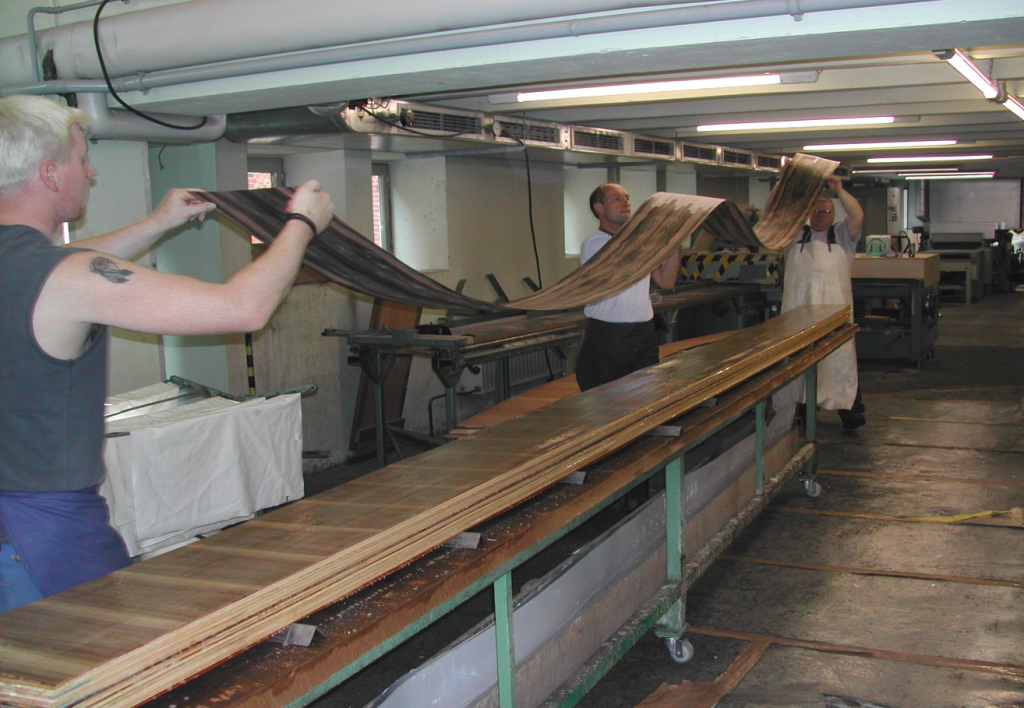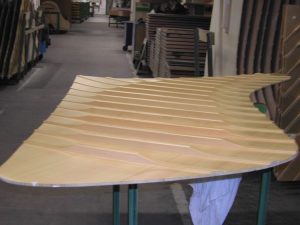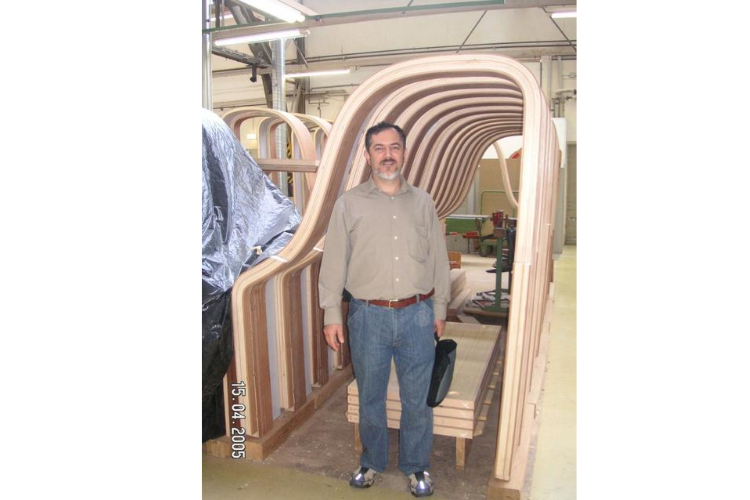By Ara Vartoukian OAM | Director & Concert Technician | Theme & Variations Piano Services
Walking through the forest and looking at the wood is the first step in the long journey from tree to piano. Unlike most other orchestral instruments, the piano is an intricate, complex and highly developed instrument requiring a significant manufacturing process. It is a machine first, by any stretch of the imagination, that gradually morphs into a musical instrument. It has over 12,000 parts of metal, felt, cloth, leather and a significant amount of wood. In recent times there is also an increase in the use of composite materials. Where this will lead over the next few generations in piano production will be interesting to watch.
Each part of the piano that uses wood requires a different approach in its preparation selection and construction. These are usually separated into two types – hard and soft woods.
Thinking about the enormous tensions and stresses that are generated by the 250 or so strings requires significant bracing. Concert pianos produce over 20 tons of tension on the frame with over 500 kilograms of downbearing on the soundboard. Although much of the string tension is held by the iron frame, the wooden case and bracing play a major role in the support and sound efficiency produced by the strings. The case is therefore mostly made from laminated hardwood. Hard rock maple and beech are the usual choices with decorative veneers used on the outside on non-painted finishes.

The timber goes through a very significant seasoning and drying process in order to reduce any stresses and warping. This can take many years, usually piled up outside exposed to all that the natural climate can throw at them. Once the wood has matured to the required moisture content it must be dried in special kilns before it can be used in the production of a piano. It then goes through a selection process to determine it useability and compatibility in the various areas of the piano.
The most significant part of the piano that is made of wood is of course the soundboard. This requires a unique character. Whereas the case is there as support and bracing, the soundboard needs to be light, flexible and strong. Over millennia, it has been found that various species of spruce pines have superior strength in all these areas compared to most other timbers. It is very slow growing and has an amazing sound transmission rate which is significantly greater than its closest competitor.

After seasoning and drying, the spruce is then cut into planks, shaped and ‘moulded’ into a crowned shape and supported by ribs of a similar material and a bridge of a hard timber. This is then set into the wooden structure with the iron frame sitting on top. The strings then cross over the bridge pushing down onto the soundboard to cause a stressed member or ‘downbearing’. The vibrations from the strings then excite the soundboard which in turn moves the air around it – which we hear as music!
The action mechanism in most pianos is also made mostly of a hardwood which is machined to a very small tolerance with the required felts, then glued onto these parts. The action has around 100 parts per note and over 20 adjustments which require regular maintenance.
The piano is a unique patchwork of materials, allowing the pianist to create an amazing array of sounds and colours. With over 300 years of development since Bartolomeo Christofori threw the hammers onto the strings of his harpsichord and was therefore able to produce ‘loud and soft’ sounds from his instrument, the piano has become a dominant force in the music world.
Yours Faithfully

Ara Vartoukian OAM | Director & Concert Technician
Theme & Variations Piano Services

One thought on “Nature in Music: From Tree to Piano”
Comments are closed.